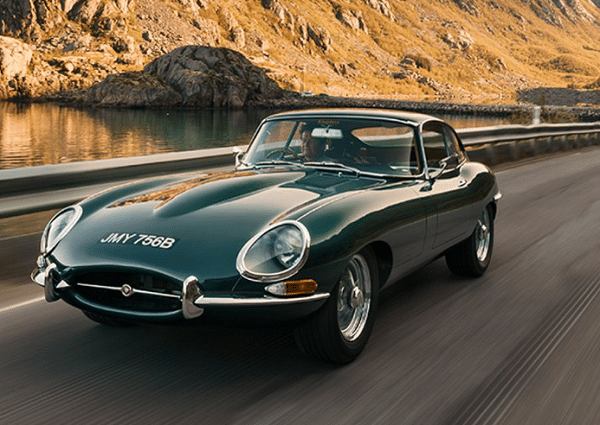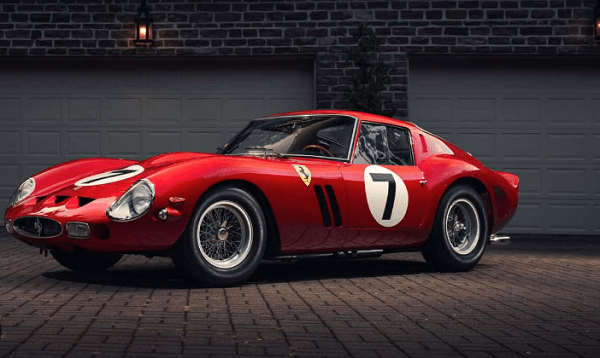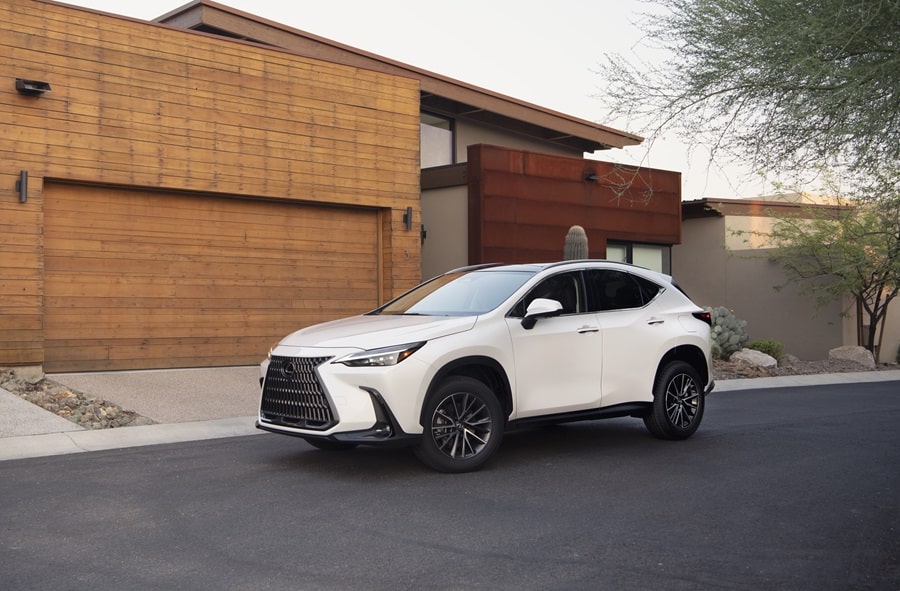Delving into the world of vintage cars reveals a unique blend of nostalgia, art, and economics. These automobiles aren’t just relics of the past; they are symbols of eras gone by, embodying design, craftsmanship, and a history that modern vehicles can rarely match. Beyond their aesthetic and sentimental value, vintage cars have emerged as a significant investment opportunity. With the right knowledge and approach, collectors and enthusiasts can find real financial value in these timeless machines. This exploration will shed light on various vintage cars that stand out not just for their beauty and history but are also worth the investment.
Contents
- 1 The Timeless Charm of Vintage Cars
- 2 Factors That Determine a Vintage Car’s Value
- 3 The 1960s Classics: A Golden Era for Collectors
- 4 Pre-War Gems: Rare and Highly Valued
- 5 Post-War Innovations: Changing the Game
- 6 Muscle Cars: Power and Performance
- 7 European Elegance: Investment-Worthy Models
- 8 Invest in a Piece of History
The Timeless Charm of Vintage Cars

The aesthetic appeal of vintage cars is undeniable. From their sweeping lines to their handcrafted details, these vehicles are a testament to the artistry of their times. They often reflect the cultural and technological ethos of the era in which they were built, making them not just modes of transportation but also historical artifacts. This timeless charm is one of the primary reasons why collectors and enthusiasts are drawn to these automobiles. Each vintage car carries a story, a piece of history that captivates and endures.
The historical significance of vintage cars adds another layer to their allure. Models like the Ford Model T or the Rolls-Royce Phantom represent pivotal moments in automotive history. These cars are more than just old vehicles; they are milestones in the evolution of car design and engineering. Collectors often seek out these models for their historical importance, which, in turn, contributes significantly to their investment value. As a result, certain vintage cars have become icons, revered, and sought after by collectors around the world.
Factors That Determine a Vintage Car’s Value

When evaluating a vintage car’s investment potential, several key factors come into play. Rarity is often the most significant determinant; the fewer models that were made and are still in existence, the higher the car’s potential value. Condition is equally crucial, as cars in original and well-maintained condition fetch higher prices. The car’s provenance, including its history of ownership and any historical significance, can also greatly influence its value.
Another crucial factor is the car’s originality. Cars that retain their original parts, paint, and interiors are generally more desirable to collectors and investors. Historical significance, like being owned by a notable person or featuring in a significant event, can also boost a car’s value. These factors combined create a complex matrix that determines a vintage car’s market value. Understanding these elements is essential for anyone considering investing in vintage automobiles.
The 1960s Classics: A Golden Era for Collectors

The 1960s marked a golden era in automotive history, producing some of the most iconic and sought-after vintage cars. Models like the Ford Mustang and Chevrolet Corvette came to define this period, offering a blend of style, performance, and cultural impact. These cars captured the spirit of their age with their innovative designs and powerful engines, making them enduring favorites among collectors.
The market value of these 1960s classics has consistently appreciated over the years. The Mustang, for instance, with its sleek design and powerful performance, has become a symbol of American automotive prowess. Similarly, the Corvette, often referred to as America’s sports car, has a loyal following and a strong presence in the collector’s market. These models not only represent the automotive trends of the 1960s but also offer tangible investment potential due to their enduring popularity and cultural significance.
Pre-War Gems: Rare and Highly Valued

The pre-war era of automotive history is renowned for its extraordinary craftsmanship and innovation. Cars from this period, like the Bugatti Type 57 and Mercedes-Benz 540K, are rare treasures in the vintage car market. These vehicles are not just modes of transport but are considered works of art, reflecting the opulence and style of their time.
These pre-war classics are highly valued for their rarity and historical significance. Many were produced in limited numbers with handcrafted details, making each a unique piece of automotive history. Their scarcity and uniqueness make them highly sought after in the collector’s market, often fetching high prices at auctions. The Bugatti Type 57, for instance, is celebrated for its elegant design and advanced engineering for its time, making it a prized possession for any collector.
Post-War Innovations: Changing the Game

Post-World War II saw a revolution in car design and technology, exemplified by models like the Jaguar E-Type and Porsche 356. These cars, with their advanced mechanics and sleek designs, marked a shift from luxury to performance. They represented the optimism and progress of the era, blending speed, style, and innovation. Their lasting appeal in the collector’s market is a testament to their impact on automotive history.
The value of these post-war models in the vintage car market is significant. Their technological advancements and design innovations set new standards in the automotive industry. Collectors prize these vehicles for their historical importance and groundbreaking features. Models like the Jaguar E-Type are not just cars; they are icons of a transformative era in automotive design.
Muscle Cars: Power and Performance

Muscle cars, epitomizing the 1960s and 1970s American car culture, are renowned for their raw power and aggressive styling. Models like the Dodge Charger and Pontiac GTO offered unprecedented performance at affordable prices. Their big engines and bold designs resonated with a generation seeking excitement and speed. These cars became symbols of American automotive prowess, combining performance with accessibility.
Today, muscle cars hold a special place in the hearts of collectors and enthusiasts. Their appeal lies in their representation of a unique period in American history characterized by power and innovation. These cars are not just vehicles; they are cultural icons, reflecting a time of dynamic change and progress in the automotive world. Their investment value is buoyed by their enduring popularity and significance in automotive history.
European Elegance: Investment-Worthy Models

European classics bring a different flavor to the vintage car market. The Ferrari 250 GTO and Aston Martin DB5, for instance, exemplify elegance, performance, and craftsmanship. These models are known for their sophisticated design, advanced engineering, and luxury, making them highly coveted among collectors worldwide. The blend of style, performance, and exclusivity in these cars set them apart in the automotive world.
The investment potential of European classics is underpinned by their global appeal and historical significance. The Ferrari 250 GTO, often regarded as one of the greatest Ferraris ever made, commands extraordinary prices at auctions due to its rarity and racing pedigree. Similarly, the Aston Martin DB5, immortalized in popular culture, is prized for its timeless elegance and performance. These cars are more than just vehicles; they are pieces of art, representing the pinnacle of automotive excellence.
Invest in a Piece of History
Vintage cars offer a unique opportunity to combine passion with investment. These timeless machines, ranging from the artistic pre-war models to the powerful muscle cars, are not just pieces of automotive history; they are investments that can appreciate in value. As you consider adding a vintage car to your portfolio, remember to weigh factors like rarity, condition, and historical significance. Embrace the chance to own a piece of history and potentially reap the rewards of a wise, enjoyable investment.


